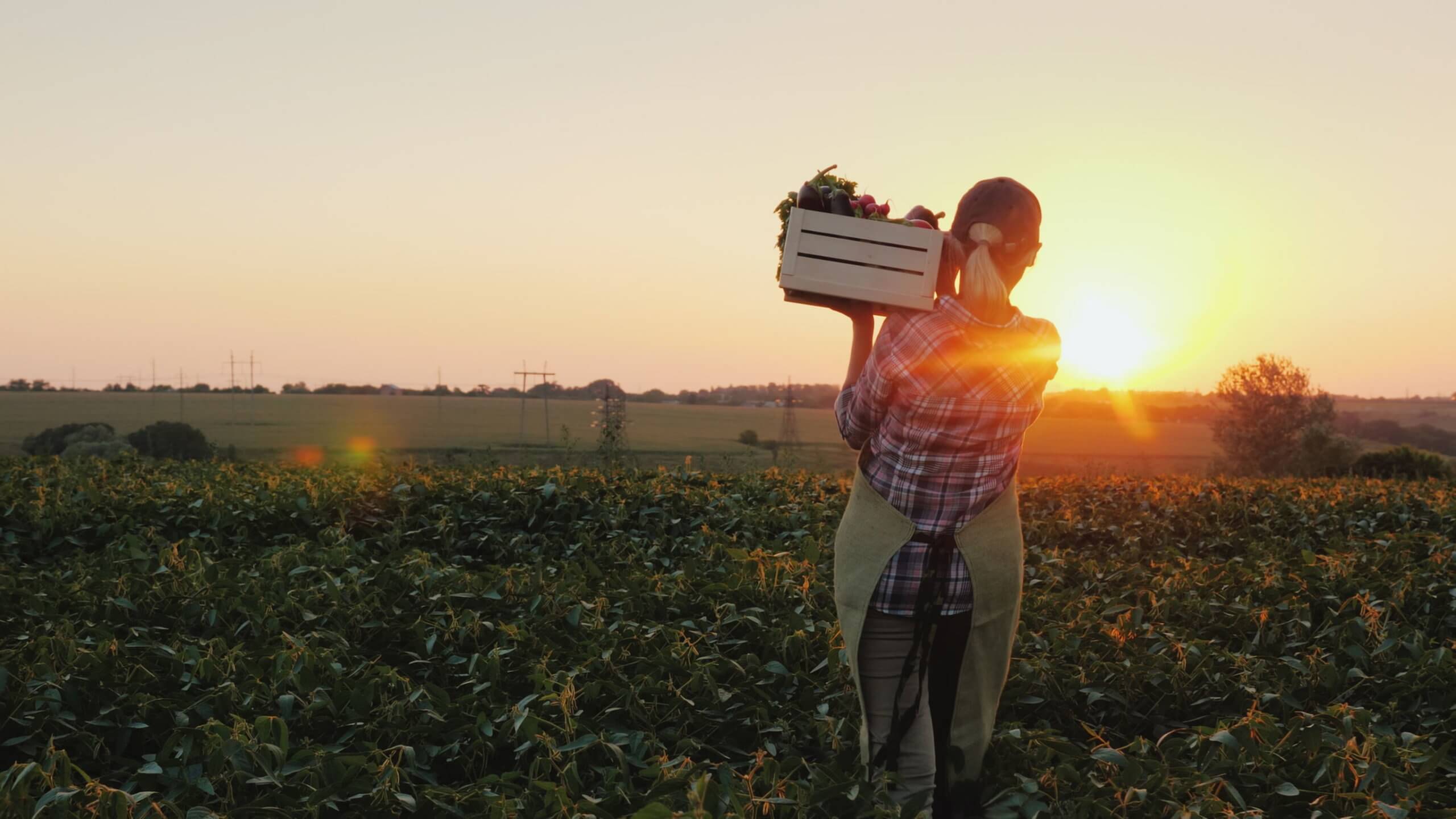At one point or another during this pandemic, we have all stood in a grocery store staring disbelievingly at an empty shelf where our once reliable necessities took up space. We have witnessed firsthand the strain on our food supply and the severe demand grocery distribution is undergoing where resources are needed most, in our homes, on our plates, and in our bellies. Our current crisis shines a light on the local food movement and the things we can take into our own hands to aid in its sustainability.
This season of life provides an opportunity for us to take stock in what literally lies in the ground around us. What seeds have been planted in our greater community and what access do we have via Community Supported Agriculture (CSAs) or fresh markets? Or similarly, how can we help to cultivate our own gardens during this unpredictable time? During WWII, History.com explains that “by 1944, an estimated 20 million victory gardens produced roughly eight million tons of food—which was the equivalent of more than 40 percent of all the fresh fruits and vegetables consumed in the United States.” In a time of similar crisis, the victory garden movement is starting to make a come back in the age of COVID and hosts the opportunity for us all to get our hands a little dirty.
Charlie Maitland, a National Life facilities engineer, is a big proponent of environmentally focused projects for the facilities and grounds of National Life’s Vermont campus. He and his team oversee the optimization of sustainable practices and his role is to review and promote sustainability. He leads the company’s Environmental Responsibility Committee whose members primarily serve as “Green Ambassadors,” creating a link between his sustainability initiatives and the many departments of National Life. As a part of his work, he founded National Life’s first ever “Do Good Garden,” a volunteer-based program that welcomes all gardeners experienced or not to cultivate a fresh “harvest of good.” One hundred percent of this bountiful harvest was planned to be directly donated to those in need and local food banks throughout Vermont.
While group gardening at our corporate campus isn’t a current possibility amidst the COVID pandemic, there are still opportunities for us to use and support local resources or cultivate at home gardens. The United States Department of Agriculture hosts resources for you to see what is readily available within your local community:
CSAs, Farmers Markets, On-Farm Markets, Food Hubs
Gardens
Many have taken local food and food security to the ultimate level: producing in their own backyard, decks, or windowsills, and you can too! National Life’s very own marketing director Erin Hunt is in the process of obtaining her Master Gardener Certification from the University of Vermont. As a part of her curriculum, she has produced a step by step guide on how to foster seedlings and kick-start an at-home garden.
Supporting Food Banks
Whether it’s through a personal garden, a CSA share, or buying directly from a farm, local food is playing a big role in the COVID response. It is heart-warming to see and hear how local food systems are supporting relief efforts. Charlie Maitland belongs to a local CSA in Vermont called Pete’s Greens. In their weekly newsletter, they explained how the farm was donating vegetables to those in need. He also witnessed “VeggieVanGo,” a Vermont Foodbank Program, offering a drive-by produce pick up at the elementary school in his town for the community to have easier access to fresh local food.
As Spring starts to reveal itself across our country, we can explore opportunities to look beyond our large-scale grocers and into the backyards of our communities to see the good that is sprouting. While this moment in time is incomparably difficult for most if not all of us, it can also be a time to shine a light on our local growers, farmers, and gatherers — and even the hidden gardeners within ourselves.
TC114582(0520)1

